The place of the evacuation of residents of the flooded part of Kherson became a target for the Russian military. A group of journalists came under fire at Korabelna Square, where people were getting off the boats.
“Employees of the State Emergency Situations Service (SESS), volunteers, and medics are evacuating civilians on this square. This location was closed to journalists in the morning due to the visit of the President of Ukraine, Volodymyr Zelenskyy. When he left, we understand that the Russians watched the video about his visit, saw a large crowd of people there, and decided to hit that place,” believes Stanislav Yurchenko, a photojournalist and photo editor of the Graty publication.
He told the National Union of Journalists of Ukraine (NUJU) about what he and his colleagues had to experience during the shelling of the evacuation site of civilians in Kherson.
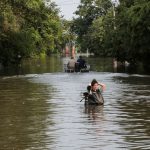

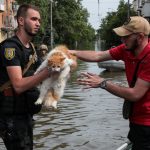
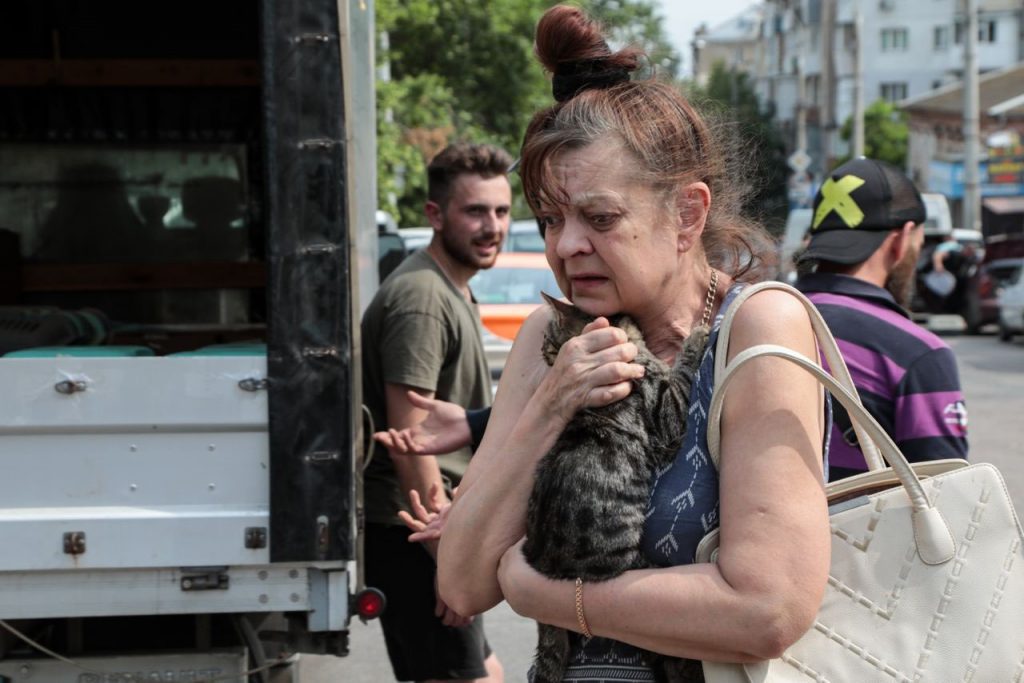
“While our colleague Liubomyra Remazhevska was recording comments of the SESS workers, my colleague Stas Kozliuk and I moved a little higher to the gas station to film what was happening near the water from another point. We were literally filming for a minute or two until suddenly we heard a whistle. They immediately fell and saw how a projectile hit the water hundreds of meters away or even closer. The water column rose several tens of meters,” said Stanislav Yurchenko, who also managed to photograph this water column under these circumstances.

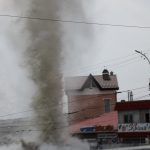
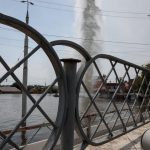
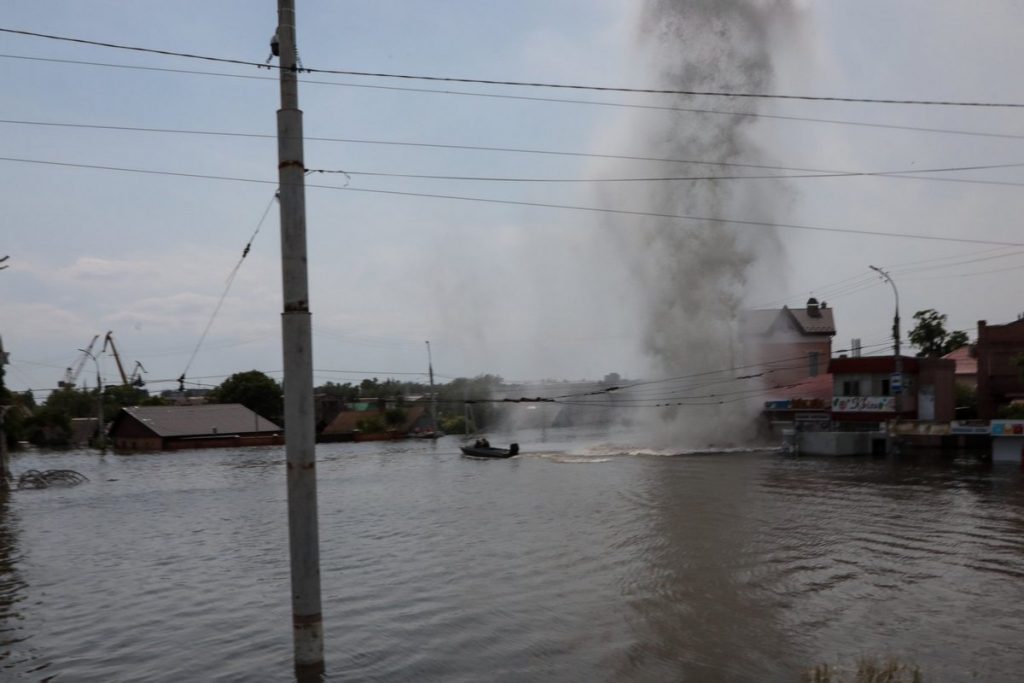
We ran back several tens of meters and fell next to the SESS workers. After a few more shells had landed, we thought the shelling was over. But it turned out not to be the case. We spent more than an hour under fire. So, we left the square several hundred meters in the direction of our car. But due to the density of shelling, we could not approach it. The military told us not to do this because Orlan drones were flying there, correcting the enemy’s artillery fire.
The SESS representative said that artillery shelling was ‘nothing special,’ adding that if that was Grad MLRS rockets, “it would be much worse….” And literally, in two minutes, Grad rockets hit the area. So, the feeling was the same. We found a small ravine below the road, overgrown with nettles and bushes, in which we lay down and talked with the SESS workers for about an hour. After all, we could neither return nor go further because as soon as the thought arose, we could get up and make a short run. Debris from the building where the projectile hit was rustling directly above our heads.
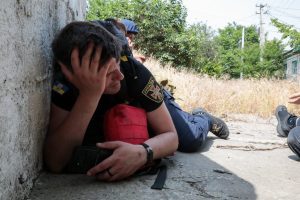
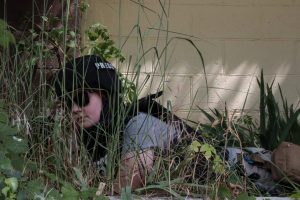
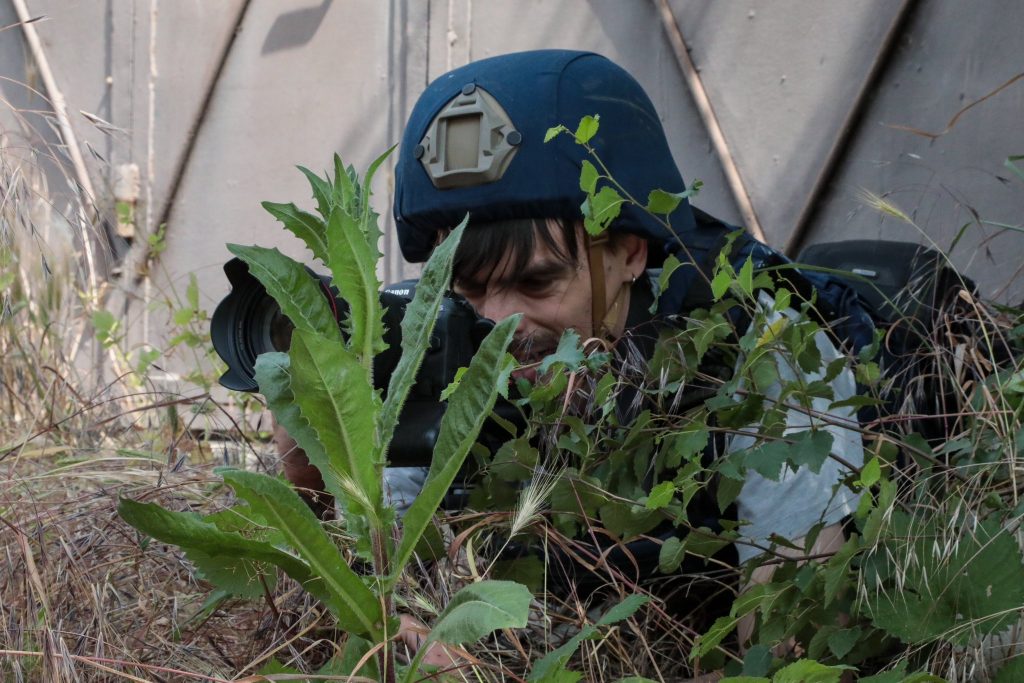
As soon as there was an opportunity, the military took the car and drove it to us. We immediately went to a safer place. We began to receive information from fellow journalists that Kherson was being closed to the press and that everyone was being asked to evacuate. We decided not to stay in the city, as we perceived the military’s warning not as “censorship” but as concern for our lives. Journalists don’t help evacuate people like volunteers and medics do, so there was no point in insisting on staying. For what? To be wounded and make medics and soldiers waste time on us?
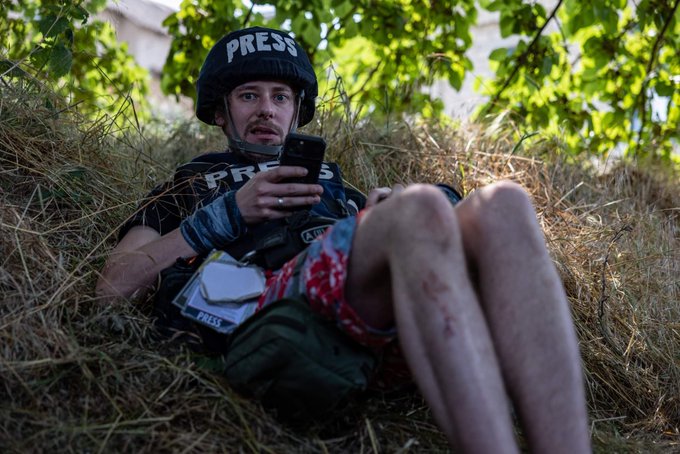
Unfortunately, some journalists who were at various evacuation points broadcast the shelling live, thereby helping the enemy correct it… It’s sad. Journalists must understand when they have the right to work and when to interfere and let those responsible for people’s lives work.
We are currently in Mykolayiv, waiting for a message from the military administration of Kherson and the head of the Joint Coordination Press Center of the South Defense Forces, Nataliya Humeniuk, when journalists will be able to return to Kherson because we hope to shoot the consequences of the shelling because there is information about the wounded and about “getting into” the school where the evacuated civilians were.

Maksym Stepanov, NUJU Information Service

 THE NATIONAL UNION OF
JOURNALISTS OF UKRAINE
THE NATIONAL UNION OF
JOURNALISTS OF UKRAINE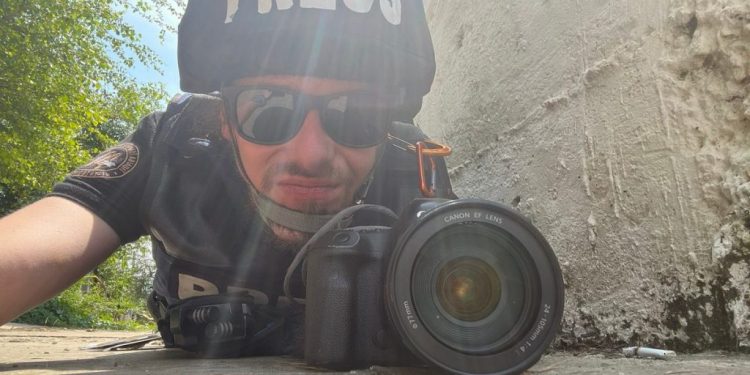

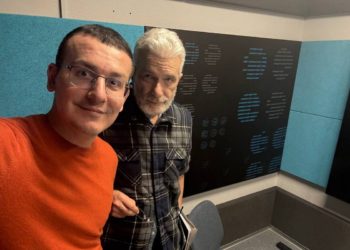

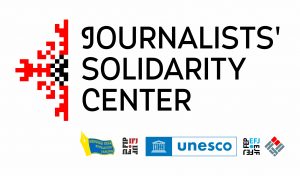
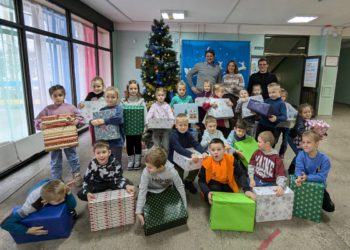



![International Media Organizations: peace plan mustn’t envision amnesty for crimes against journalists 22 Ukrainian flag on Independence Square [Maidan Nezalezhnosti] in Kyiv, Ukraine (archive image). EPA-EFE / Oleh Petrasiuk](https://nuju.org.ua/wp-content/uploads/2025/12/maidan-flag-yezhak-2022-120x86.jpg)



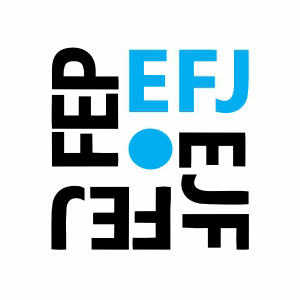



Discussion about this post